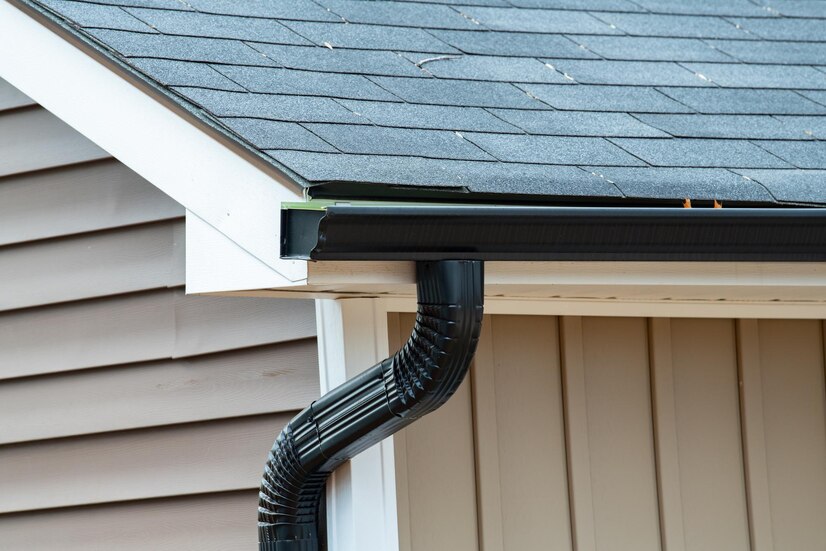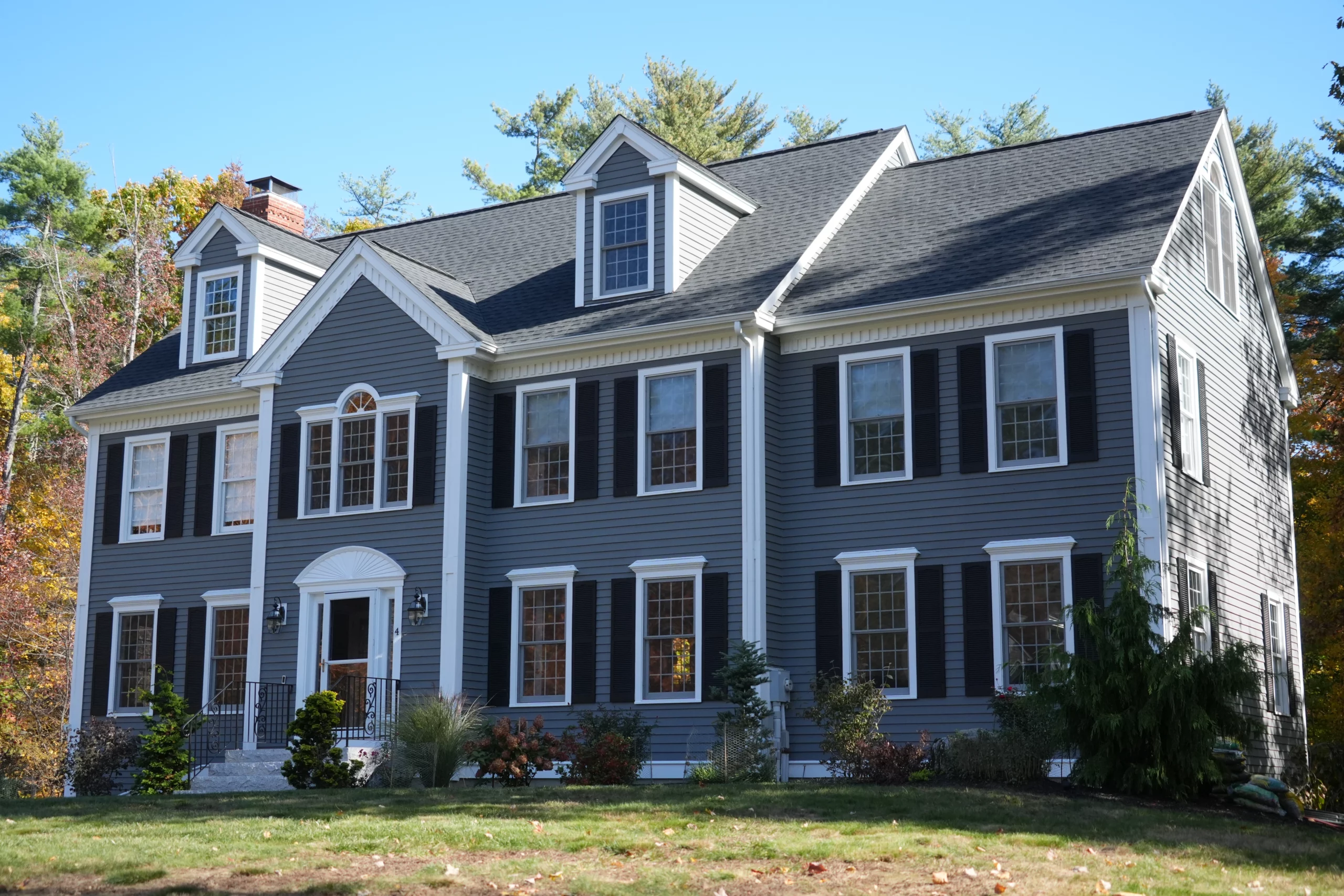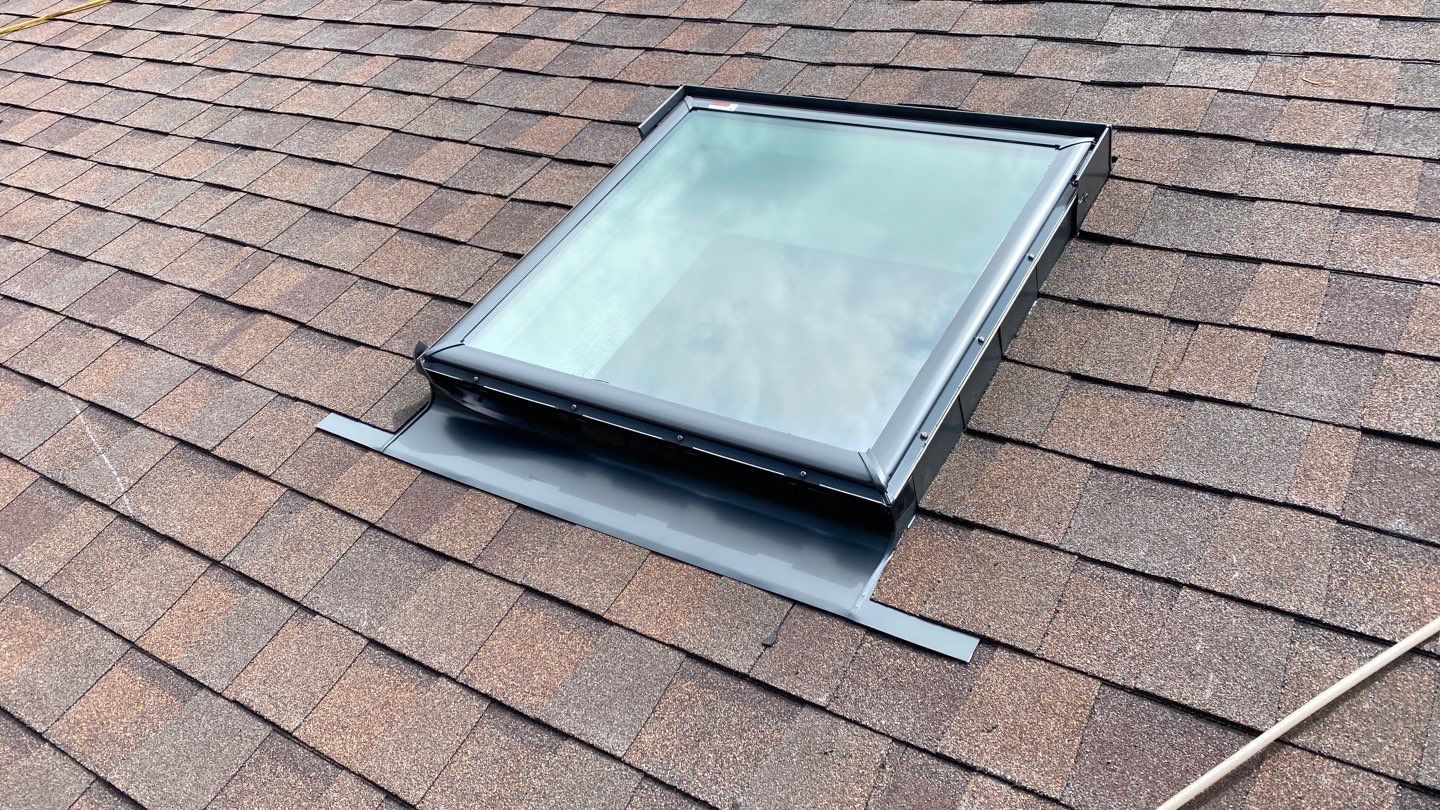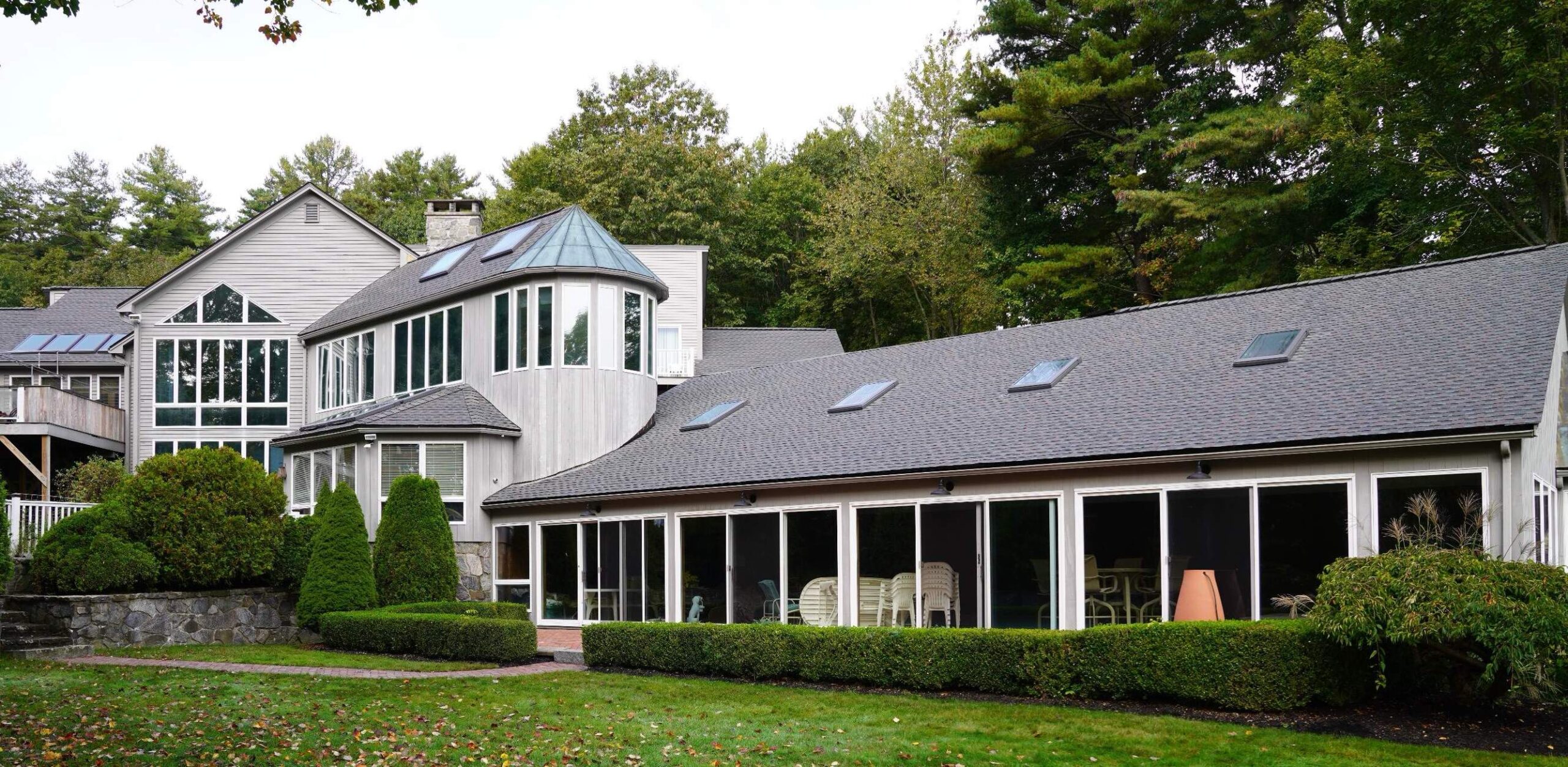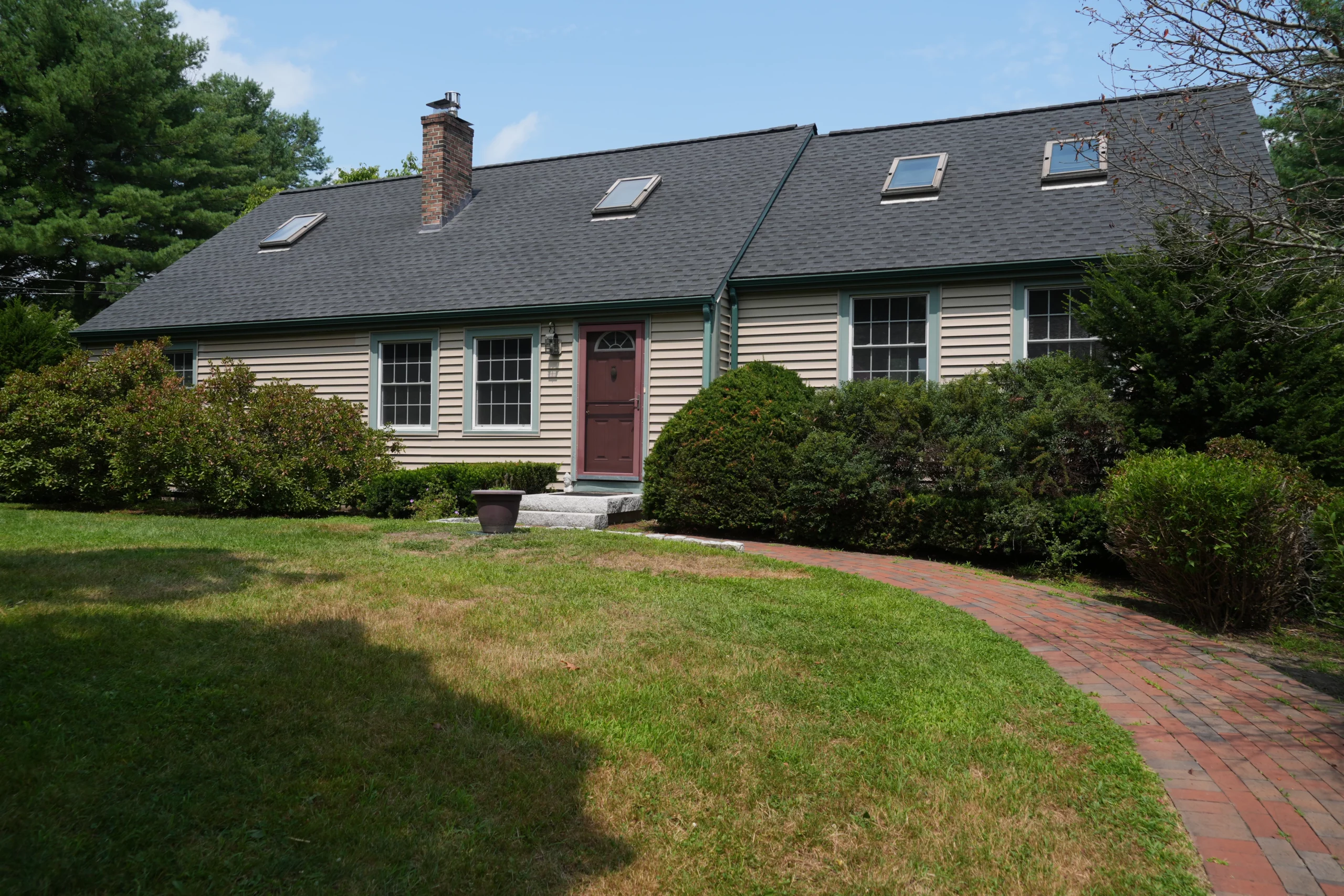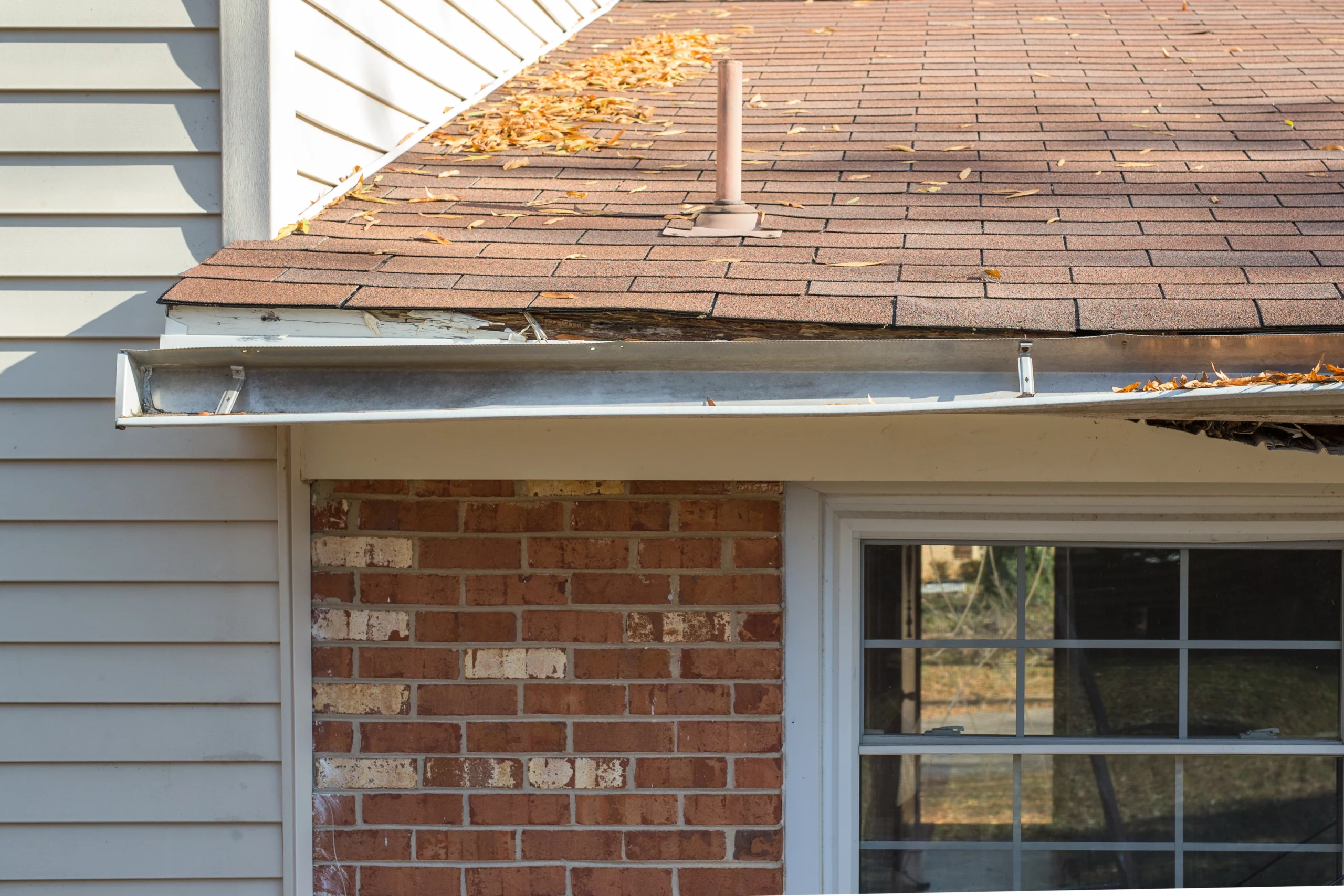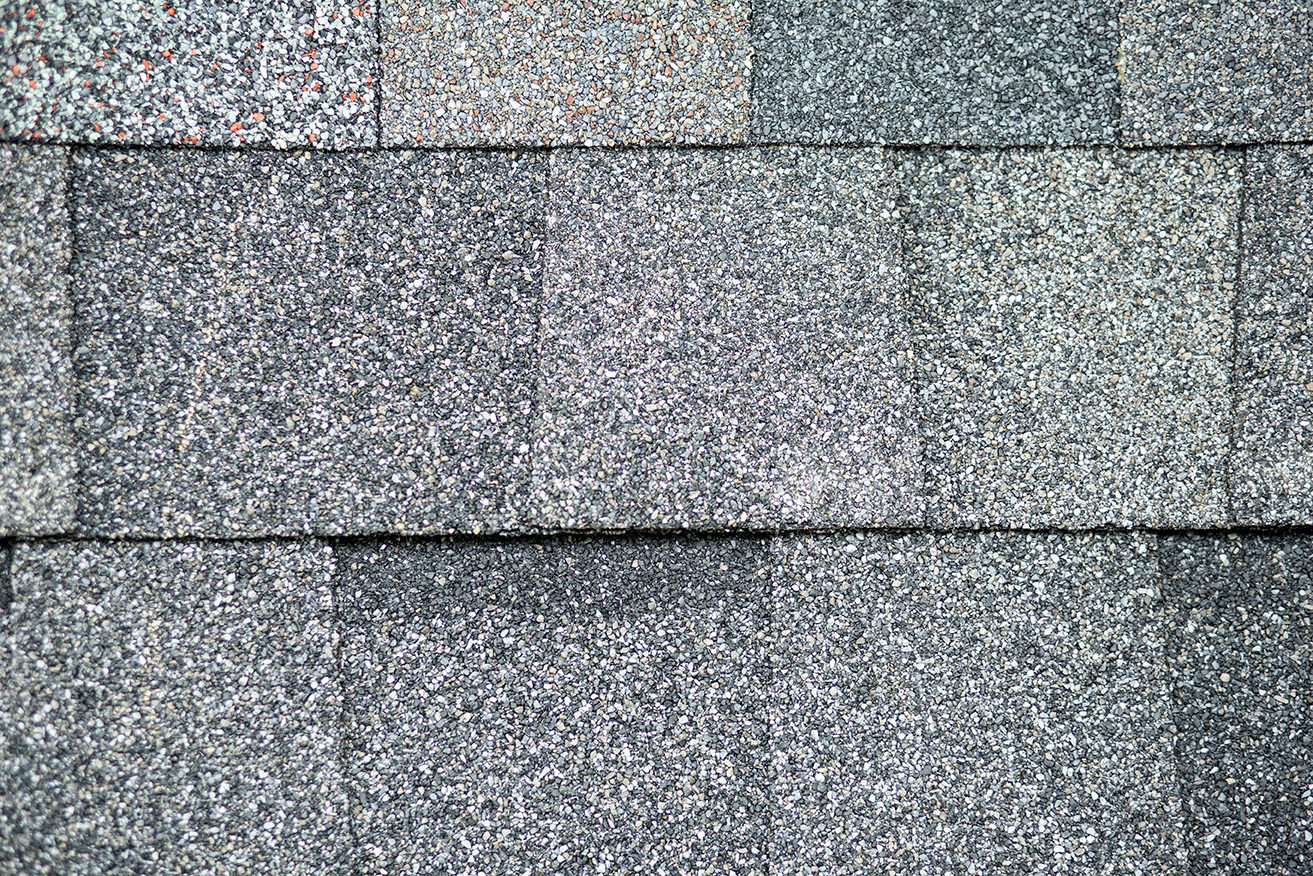A home’s roofing system comprises numerous elements that work collectively to protect the structure, its inhabitants, and your investments within it. Among these components, rain gutters play a critical role in ensuring the effective management of water runoff, redirecting it away from your home’s foundation, siding, and landscaping. As the leading and most trusted residential roofing contractor in New Hampshire and Southern Maine, J. Carnes & Son Roofing is dedicated to providing valuable information and services for homeowners looking to understand the importance of rain gutters and their various types, including the widely popular K-Style rain gutters.
K-Style rain gutters, also known as ogee gutters, are named for their unique shape, resembling the letter “K.” With a flat back and a decorative curved front edge, these gutters are not only functional but also visually appealing, making them an ideal choice for homeowners seeking a seamless blend of aesthetics and practicality. K-Style gutters are typically made from materials like aluminum, vinyl, and copper, offering a range of options suitable for different budgets and design preferences.
There are several reasons why K-Style rain gutters are a top choice for homeowners in New Hampshire and Southern Maine:
1. Enhanced Durability: K-Style gutters are known for their robust construction, providing excellent resistance against weather-related damage, rusting, and corrosion, ensuring a long-lasting gutter solution for your home.
2. Increased Water Capacity: The unique shape of K-Style gutters allows them to hold and channel more water than other gutter styles of the same width, making them an excellent choice for regions that experience heavy rainfall.
3. Stylish Design: K-Style gutters offer an attractive design that complements various architectural styles, from contemporary to traditional, adding visual appeal and value to your home’s exterior.
4. Easy Installation and Maintenance: The flat back design of K-Style gutters allows them to be installed directly onto the fascia boards, making for a more straightforward installation process. Additionally, their shape minimizes the buildup of debris, simplifying gutter maintenance and reducing the need for frequent cleanings.
J. Carnes & Son Roofing is committed to providing expert guidance and top-quality services to homeowners seeking the most reliable gutter system for their property. By investing in K-Style rain gutters, you can ensure that your home remains protected from water damage and exudes a refined, polished appearance.
K-Style Rain Gutter Material Options
When considering K-Style rain gutters for your home, it’s essential to understand the various material options available. Each material offers unique benefits and drawbacks, which can influence suitability and cost-effectiveness for your specific needs. The three primary materials used for K-Style gutters include the following:
1. Aluminum: Lightweight, durable, and corrosion-resistant, aluminum K-Style gutters are a popular choice for homeowners. They are available in various colors and thicknesses and can be painted to match your home’s exterior. Aluminum gutters are relatively easy to install, making them a cost-effective option.
2. Vinyl: Vinyl gutters are another lightweight option that is easy to install, making them an affordable choice. They are resistant to rust and corrosion but may become brittle over time due to exposure to UV rays and extreme temperature fluctuations.
3. Copper: Copper K-Style gutters are known for their luxurious appearance and exceptional durability. While they can be quite expensive, their attractive patina and long-lasting performance make them a worthwhile investment for homeowners seeking a premium gutter solution.
The K-Style Rain Gutter Installation Process
Proper K-Style rain gutter installation is crucial for optimal performance and protection against potential water damage. As experienced and trusted roofing contractors, J. Carnes & Son Roofing recommends the following steps for a successful K-Style gutter installation:
1. Accurate Measurements: Begin by measuring the length of your roof’s fascia board to determine the required gutter length. Ensure that you account for any downspout outlets, end caps, or other accessories that may affect the gutter’s overall dimensions.
2. Gutter Hanger Installation: Securely fasten gutter hangers to the fascia board at the appropriate intervals. The exact spacing will vary depending on the gutter material, thickness, and local climate conditions.
3. Gutter Placement: Carefully position the K-Style gutter into the hangers, ensuring that the flat back sits flush against the fascia board and the decorative front edge is centered beneath the roof’s drip edge.
4. Downspout Installation: Attach downspout outlets to the gutter’s base, connecting them to the corresponding downspouts. Ensure that the downspouts are properly angled and securely fastened to your home’s exterior, guiding water away from the foundation.
5. Final Inspection: Conduct a thorough inspection of the newly installed K-Style gutter system, checking for any loose connections, gaps, or other potential issues that may compromise its functionality.
By entrusting the installation process to J. Carnes & Son Roofing, you can ensure that your K-Style rain gutters are installed with precision and expertise for lasting protection and performance.
Maintaining Your K-Style Rain Gutters
Regular maintenance is essential to maximize the lifespan and effectiveness of your K-Style rain gutter system. Follow these maintenance tips to keep your gutters functioning optimally:
1. Clean Your Gutters Regularly: Periodically remove leaves, twigs, and other debris from your gutters to prevent clogs and facilitate proper water flow. Depending on your home’s surrounding environment, you may need to clean your gutters multiple times per year, particularly in the fall, when leaves are more abundant.
2. Inspect for Damage: Inspect your K-Style gutters for any signs of damage, such as leaks, cracks, or loose connections. Address any issues promptly to prevent more significant problems and maintain your gutters’ effectiveness.
3. Check for Proper Slope: The gutters should be sloped slightly toward the downspouts, allowing water to flow freely toward the outlets. If necessary, adjust your gutter hangers to ensure the correct slope is maintained.
4. Add Leaf Guards: Installing gutter guards or leaf filters can significantly reduce the buildup of debris in your gutters, minimizing the need for regular cleanings. J. Carnes & Son Roofing can recommend and install high-quality leaf guards that are compatible with K-Style gutters.
Maximizing Gutter Performance with Additional Accessories
Various gutter accessories can help optimize the performance of your K-Style rain gutter system. Some popular options include the following:
1. Splash Guards: To prevent water from overshooting at the junction of two roof surfaces, install splash guards where needed. These simple accessories can help mitigate potential water damage caused by overflowing gutters.
2. Gutter Extensions: To direct water further away from your home’s foundation, consider adding downspout extensions. These inexpensive and straightforward accessories can help to prevent soil erosion, basement flooding, and foundation damage.
3. Downspout Strainers: To minimize clogs and blockages, invest in downspout strainers that prevent leaves and debris from entering your downspouts and causing potential issues.
Conclusion
Investing in K-Style rain gutters is an excellent way to protect your New Hampshire and Southern Maine home from water damage while enhancing its aesthetics and value. By partnering with J. Carnes & Son Roofing for your gutter installation and maintenance needs, you can trust that your home will continue to be protected by a high-performing and visually appealing K-Style rain gutter system for years to come.
Looking for top-quality gutter installation in NH? Choose J. Carnes & Son Roofing! Our team of experts provides uncompromising workmanship and unrivaled service for all your gutter installation needs. We use only the finest products and proven installation techniques to ensure that your gutters are installed to perfection. Contact us now and let us help you protect your home with our top-quality gutter installation services.

